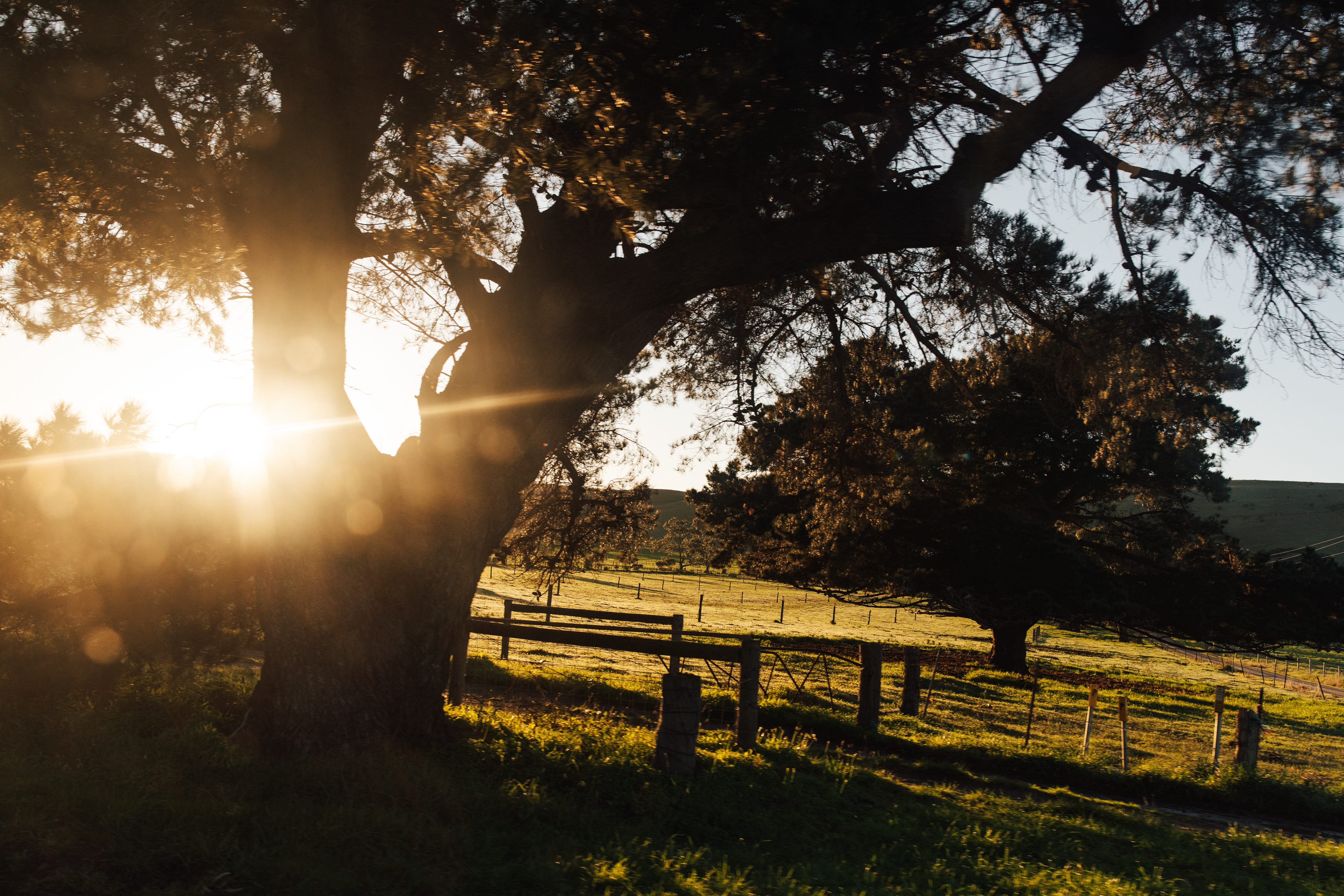
Tech needed to keep SA producers ahead
SOUTH Australian livestock producers are forward-thinking people, constantly on the lookout for technologies that will enable them to operate as cost effectively as possible while maintaining the highest standards of animal welfare.
However, the state’s livestock producers are currently prohibited from accessing cutting edge technology which has been trialled across Australia for almost 20 years with positive results – virtual fencing.
Virtual fencing is an important step forward in ensuring sustainable livestock industries by improving the commercial and practical feasibility of rotational grazing systems and enabling more targeted land management to deliver greater environmental outcomes.
The potential uses of virtual fencing are limited only by a producer’s imagination and it is widely supported by the state’s livestock producers. In Livestock SA’s recent annual producer survey, support for virtual fencing was over three times greater than opposition to its adoption.
One of the great advantages of the technology is that it is species specific, so native animals can freely move across the landscape.
Virtual fencing enables more comprehensive stock management and oversight and, in extensive grazing systems, the significant up-front and maintenance costs of wire fencing can be substantially abated. In times of natural disaster such as bushfires and floods, stock and infrastructure losses can also be substantially mitigated.
The recent foot and mouth disease detections in Bali jolted industry and governments out of a degree of biosecurity complacency to seriously look at enhancing national traceability capability by embracing technology that has been around for a long time.
We should not need to wait for something of this magnitude before all governments, including our own, embrace technological advancements in animal husbandry such as virtual fencing.
A CSIRO study conducted in partnership with the Barossa Improved Grazing Group in 2019 found that virtual fencing technology could exclude 20 cattle from an area of regenerating tree saplings over a 44-day period.
The cattle were able to learn the virtual fencing cues and at the end of the trial, the feed available in the zone being protected by the virtual fencing was double the quantity and quality of the grazed zone.
We know the technology works in a South Australian context, yet it is still prohibited. This is despite Queensland and Tasmania freely allowing the sale and use of virtual fencing technology and Western Australia recently changing its regulations to permit the use of virtual fencing in accordance with the manufacturer’s instructions.
SA has the chance to join these states and enable producers to access the benefits that countless trials covering the technology’s effectiveness, animal welfare, business productivity and protecting environmentally sensitive areas have demonstrated since 2005.
Virtual fencing technology has the potential to revolutionise aspects of animal management in the livestock industries and Livestock SA’s strong view is the state government needs to prioritise changing the relevant regulations so South Australian livestock producers can continue to be at the forefront of innovation.
This column was written by Livestock SA CEO Travis Tobin and appeared in the 29 September 2022 edition of Stock Journal.
